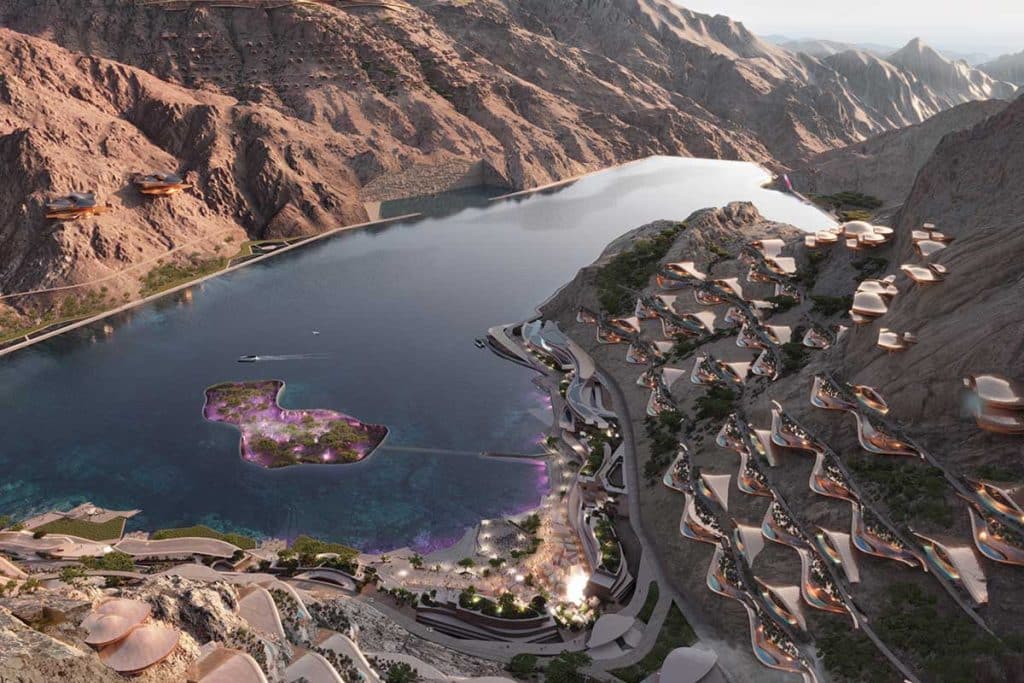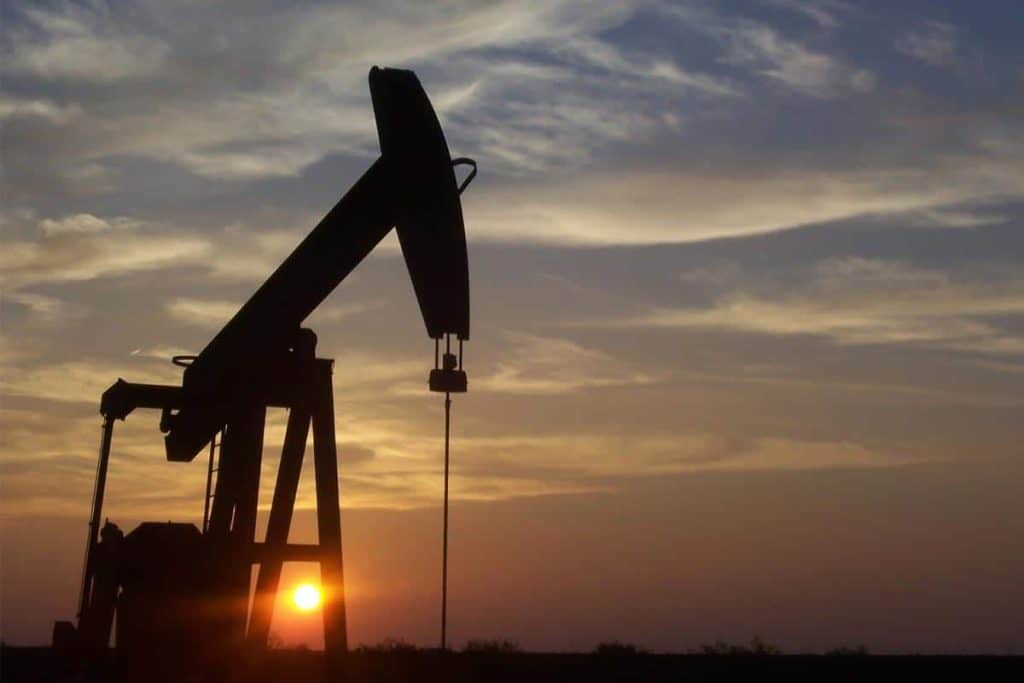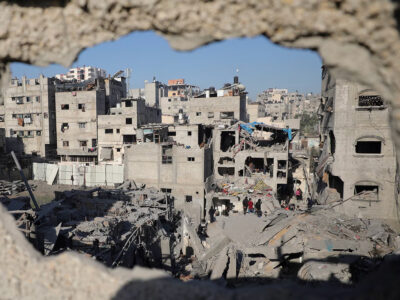Saudi Arabia has pursued an ambitious strategy of economic diversification through massive investment in industries like tourism, technology and manufacturing. Under its Vision 2030 blueprint, the kingdom has worked to transition its oil-dependent economy to a post-hydrocarbon future, and in the process avoid the pitfalls of “Dutch Disease.”
Named after the Netherlands’ discovery of a large natural gas field in the 1960s, Dutch Disease refers to the negative impact on an economy when an abundant natural resource like oil or gas booms, causing the currency to appreciate and making other exporting sectors less competitive. The phenomenon warns of over-reliance on any single industry or investment area at the expense of broader economic development.
As Saudi Arabia heavily leans on oil revenues, analysts cautioned it risked succumbing to this phenomenon without a balanced approach. Fortunately, Vision 2030 incorporated a multi-pronged strategy that has since developed industries like tourism, construction and manufacturing, according to Nemr Kanafani, Senior Economist at The Conference Board.
“The real diversification impact of Vision 2030 and the megaprojects is expected to be in the long term as these projects are completed and they begin to contribute to the national economy,” he mentioned.
The Gulf nation has bet big on megaprojects like NEOM and The Red Sea Project to diversify its oil-dependent economy and reduce reliance on crude exports under its ambitious Vision 2030 plan.
“Many of these projects are still in their early days and need another 5-7 years for their gains to materialise.”
Megaprojects are just one part of the Vision 2030 strategy, said Kanafani who believes that they must be balanced with parallel reforms to business regulations, governance, labour laws and innovation spending. “It is important to see the megaprojects being undertaken as only one part of the Vision 2030 strategy,” he expressed.
Echoing this view, Hani Abuagla, Senior Market Analyst at XTB MENA, said Saudi Arabia could boost diversification by investing in manufacturing, mining, health, tourism and technology sectors to nurture local skills and industries in addition to heavy infrastructure spending.
Saudi Arabia is planning $870 billion worth of megaprojects by 2030, including NEOM, according to Goldman Sachs. The Kingdom has significant financial resources from oil wealth that it is investing towards ambitious development goals through the Vision 2030 economic blueprint. The country’s sovereign wealth funds have grown in recent years, such as the Public Investment Fund (PIF) which increased its assets from $250 billion in 2018 to around $700 billion as of Q4 2023.
There are several megaprojects already underway, including THE LINE, set to be one of the world’s largest and most complex infrastructure projects; TROJENA, a year-round tourist destination set to contribute SAR3 billion to GDP by 2030; the floating city of OXAGON; ultra-luxury tourism destination of AMAALA on the Red Sea coast; and the Diriyah Gate masterplan.

An October 2023 McKinsey report suggested that Saudi is set to invest over $175 billion per year on megaprojects between 2025 and 2028, with spending expected to peak at $180 billion during 2026 and 2027.
“In the short and medium term, the projects will generate strong growth and managing this growth to ensure the economy does not overheat is one of the challenges,” Kanafani said.
Abuagla highlighted opportunities in other industries like automotive, mining and education that could boost diversification if supported through investment.
“Ongoing investments in the automotive industry and electric vehicles which offer growth potential and job creation could also provide gains,” he stated.
Abuagla added that these megaprojects extend beyond economic diversification and carry broader implications.
“Their success hinges on public perception, social acceptance, and the ability to spur technological innovation, potentially establishing Saudi Arabia as a leader in fields like sustainable energy and smart city technologies. These projects influence regional dynamics and global economic positioning, necessitating agile policy frameworks and international collaborations for expertise and investment,” he conveyed.
The cure to ‘Saudi Disease’
Mazen Al Sudairi, Head of Research at Al Rajhi Capital, believes that Dutch disease does not accurately describe Saudi Arabia’s situation, as the country is still highly reliant on oil revenues which make up over 60 percent of government revenues. But rather, Saudi Arabia in previous years faced more of a “Saudi disease” and Vision 2030 “is the cure” through economic diversification.
“A patient goes to a doctor who will make the diagnosis, which has to be correct in order to receive the right treatment. Anyone who diagnoses Saudi Arabia’s [economy] with Dutch Disease will have the wrong diagnosis, treatment and cure,” he said.

“In the Netherlands, the oil and gas business overshadowed other businesses, which is not the case in Saudi Arabia. Saudi Arabia’s oil business is the main source of income and should not be stopped. We should actually maintain the oil reservoir and capacity.”
With oil wealth funding ambitious goals, substantial progress has been made. Since Vision 2030 was launched in 2016, Saudi Arabia has made great strides in diversification. Most notably, it has led to a massive surge in job creation, with unemployment rates gradually declining.
“Adapting carbon emission policies does not mean you should leave oil and gas investment. We are still having energy shortages [globally], we might face a global energy crisis in the coming years,” he said. However, some sectors like technology and renewable energy could see more investment, Al Sudairi added.
Gradually, projects like ROSHN have started activating real estate developments and tourism destinations like THE LINE and Red Sea are seeing new effects. Unemployment has also decreased, indicating job creation. Overall, megaprojects seem to be encouraging economic diversification and reforms over the long term.
Under Vision 2030, it appears the kingdom may narrowly evade Dutch Disease’s pitfalls through sustained cross-sector investments.
If reforms and investment across industries continue alongside infrastructure projects, Saudi Arabia’s diversification drive shows promise of long-term prosperity. But as in the Netherlands, overemphasis on any single area risks weaker growth. The lessons of Dutch Disease emphasize the need for balance.






